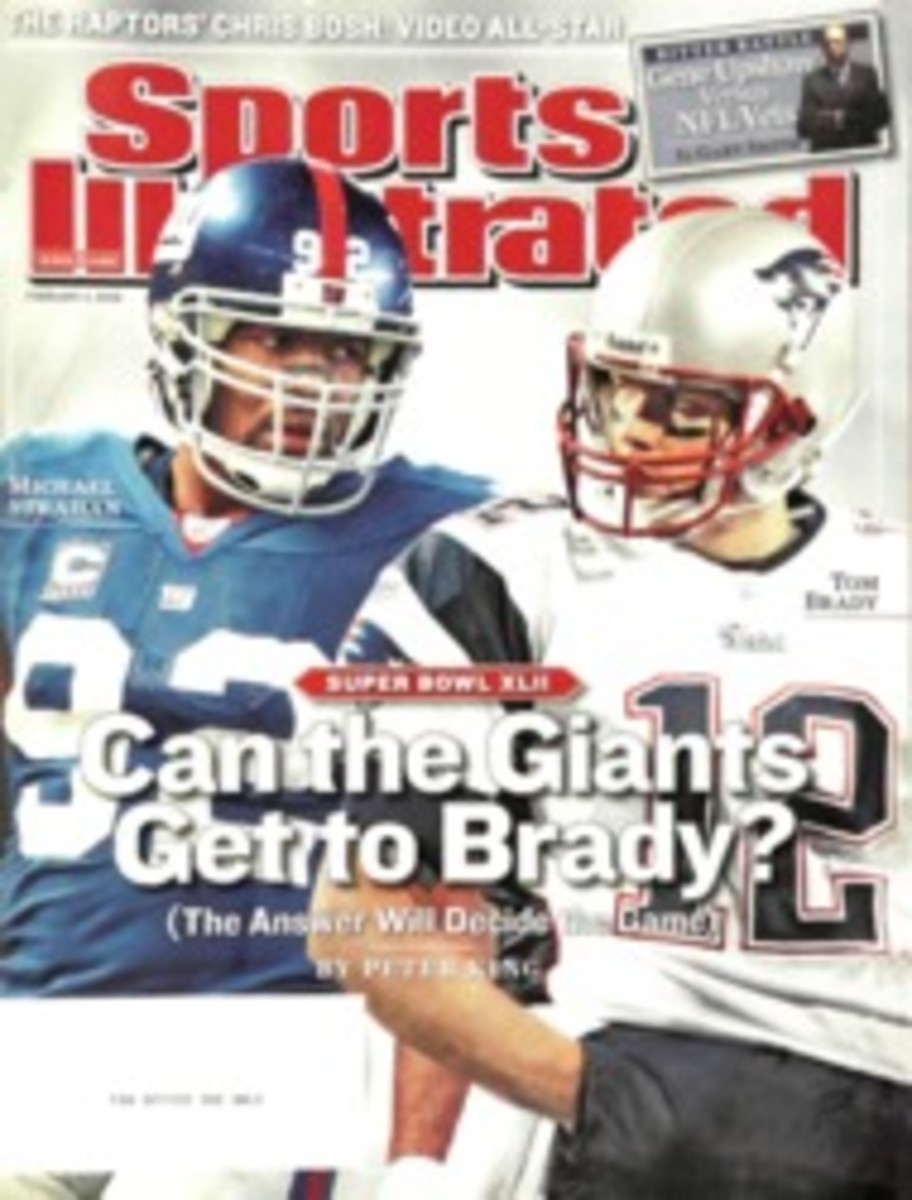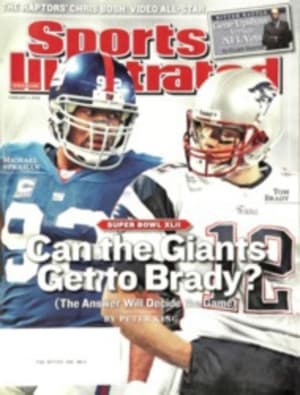
Olympic Sports
On Thin Ice
Faced with slumping attendance and low TV ratings, U.S. skating is counting onyoung blood to give it new life
MUCH OF what'swrong with figure skating, and a glimpse of what might save it, was on displaylast Saturday at the Xcel Energy Center in St. Paul, where Mirai Nagasu, afeathery 14-year-old from Arcadia, Calif., became the second-youngest woman towin the U.S. crown.
The 4'11",78-pound Nagasu is just 35 days older than Tara Lipinski was when she won thenational title in 1997. One month later Lipinski became the youngest woman towin the world championship, but with the change in the age requirement, Nagasuis too young to go to the worlds this year. Same story for second-placefinisher Rachael Flatt, 15, of Del Mar, Calif., who misses the cutoff date forthe worlds by 20 days.
This is themodern state of skating. Under the clinical scoring system adopted by theInternational Skating Union in 2004, the women's sport in particular has becomegymnastics on skates: all jumps, contortionist spins and girlish mugging, somuch so that an 18-year-old like defending champion Kimmie Meissner, whofinished a shockingly distant seventh in St. Paul, perhaps finds her bestcompetitive days behind her.
Sagging TVratings, spotty attendance and disappearing sponsorship dollars suggest thatthe U.S. public has already weighed in on the new scoring, which replaced theflawed but beloved 6.0 scale that had been skating's signature. Following thejudging scandal at the 2002 Olympics in Salt Lake City, the ISU changed thescoring system to make it more difficult for judges to cheat. But the newprotocol has introduced a different set of problems, chief among them a numbingsameness that has crept into programs choreographed to maximize points, notartistry or creativity.
"The publicis lost because they don't understand the scoring, and if you don't understandit, you can't have an opinion on it," says Linda Leaver, longtime coach ofBrian Boitano.
The sport'sproblems (which extend to the recent collapse of the once-thriving Champions onIce exhibition tour) aren't helped by American skaters' international slump. NoU.S. man has been Olympic champion since Boitano in 1988, and the women's rankshave been dominated of late by Japan and South Korea. "Any sport requires acharismatic icon," says David Michaels, executive producer of NBC's figureskating coverage. "Right now figure skating doesn't have one."
NBC took over thebroadcast rights this winter from ABC, which bowed out after 43 years in theface of steadily declining ratings. (The 2007 U.S. women's final on ABC drew ananemic 2.3 rating, down from a high of 13.4 in 1994; last Saturday's eventearned a 3.8.) ABC's contract called for rights fees to the U.S. Figure SkatingAssociation of $12 million a year, but NBC got them for nothing, agreeing tosplit ad revenues instead.
Humbled, theUSFSA has begun to make significant concessions in its scheduling to try toreverse the ratings slide. Last year it moved the U.S. championships so thatthe competition wouldn't go head-to-head with the NFL playoffs. Whether skatingcan get out of the doldrums may depend on the likes of tykes Nagasu and Flatt.Will the youngsters stay at the top of the ladies' field long enough to developrivalries or even personalities the public can embrace? Can one of them evolveinto the iconic star the sport needs? Or will they grow up and be remembered asone-year wonders?
ONLY AT SI.COM
More from E.M. Swift at the U.S. championships.
PHOTO
DAVID E. KLUTHO
WHIZ KID At 14, Nagasu is the second-youngest woman to win the U.S. title.
PHOTO
DAVID E. KLUTHO
[See caption above]

